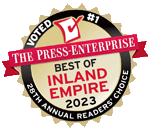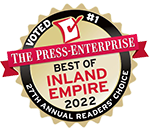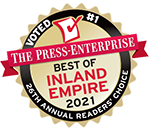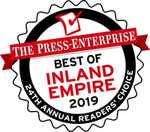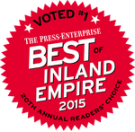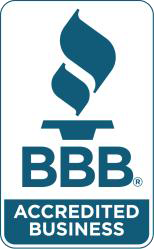
Hearing loss is often seen as an unavoidable facet of aging, but the truth is that much of it can be prevented. The progressive decline in hearing isn’t simply a result of time passing but a consequence of accumulated damage. Each exposure to loud sounds, whether at a concert, mowing the lawn, or through loud earbuds, adds up over time, resulting in permanent hearing loss. Alarmingly, this problem is not limited to older adults; even children are now showing signs of preventable hearing damage.
Worldwide, around 34 million children experience hearing loss, and an astonishing 60% of these cases could have been avoided. When we consider adults, the numbers are even more dramatic, revealing a prevalent problem that demands attention.
Recognizing today’s factors contributing to hearing loss
Recognizing today’s factors that play a role in hearing loss is important in determining why it has become so much more prevalent. Numerous factors contribute to this problem, each interconnected and amplifying the danger of hearing damage:
- Urbanization and Population Density: The population of the world’s cities is denser than ever before. With more people living in close quarters, the noise levels in metropolitan settings have increased significantly. From traffic to construction, city noise is a continual assault on our ears, contributing to the expanding occurrence of hearing loss.
- Social Environments: Modern social settings, such as restaurants and bars, are usually excessively loud. The misconception that a noisy atmosphere equals success has led lots of establishments to increase their volume levels. Cumulative hearing damage can be the outcome of the background noise in these places, even if there is no live music.
- Technological Advancements: Possibly the most substantial factor in the rise of hearing loss is the prevalent use of personal audio devices. Earbuds and headphones have made it more convenient than ever to listen to music, podcasts, and videos. However, the closeness of these devices to the ear, coupled with the propensity to boost the volume, can cause significant damage. This type of damage accumulates progressively frequently going unnoticed until it starts to become obvious and permanent.
It’s essential to recognize that while loud noises have always been a part of human life, from the roars of ancient beasts to the clamor of steam engines, the modern world presents new difficulties. Today’s noise levels, together with the accessibility of technology, create a perfect storm for hearing loss.
Prevent hearing loss – practical measures
Given that the majority of hearing loss cases are avoidable, particularly in children, it’s puzzling that the issue remains so prevalent. Awareness and personal responsibility are the secrets to prevention. Preserve optimum hearing with the following approaches:
- Use Hearing Protection: If you’re planning to be in a noisy environment, like a concert, or while running noisy machinery such as a lawnmower, wearing hearing protection is essential. The threat of hearing loss will be significantly reduced by wearing earmuffs or earplugs which are inexpensive and readily available. This simple step is frequently overlooked but can make a profound difference in maintaining your hearing.
- Track Your Earbud Volume: You can conveniently enjoy listening to your favorite media on personal audio devices like earbuds, but they also pose a significant threat to your hearing if they aren’t used conscientiously. Many devices allow you to set a max volume limit, which can help prevent unintentional exposure to harmful sound levels. Long-term damage can be avoided by taking a little time to program these settings.
- Be Careful About Moderate Noise Exposure: While the clear-cut hazard to hearing is exposure to loud noise, moderate noise can also be a risk if you’re exposed to it over long time periods. As an example, over time, city noise can cause damage even if it doesn’t seem that loud. You’re only likely to follow through with preventive measures if you recognize the cumulative nature of hearing loss.
- Leverage Technology to Protect Your Hearing: Several apps are available that can measure ambient noise levels and provide real-time feedback on whether your environment is safe for your ears. Utilizing these tools can help you be more tuned in to your environment and hearing hazards it may pose.
The power of knowledge in hearing protection
It’s harder for somebody to protect their hearing when they work in a noisy setting such as a stadium or a manufacturing plant. But the health of worker’s hearing is being protected by safety regulations that can be somewhat strict. Work-associated hearing loss can be prevented by becoming familiar with these regulations and putting them into practice.
Ultimately, the more informed you are, the better prepared you’ll be to protect your hearing. Your knowledge base should include awareness of your environment, workplace policies, and willingness to get advice from a hearing specialist if necessary.
Consulting with us can give useful insights into your present hearing health and offer personalized suggestions for safeguarding your hearing. Keep in mind that hearing loss doesn’t need to be an inevitable outcome. With the proper precautions and awareness, you can maintain your hearing health and appreciate the sounds of life for years to come.
The content of this blog is the intellectual property of MedPB.com and is reprinted here with permission.
The site information is for educational and informational purposes only and does not constitute medical advice. To receive a personalized free hearing test and hearing loss consultation, call today to set up an appointment.

